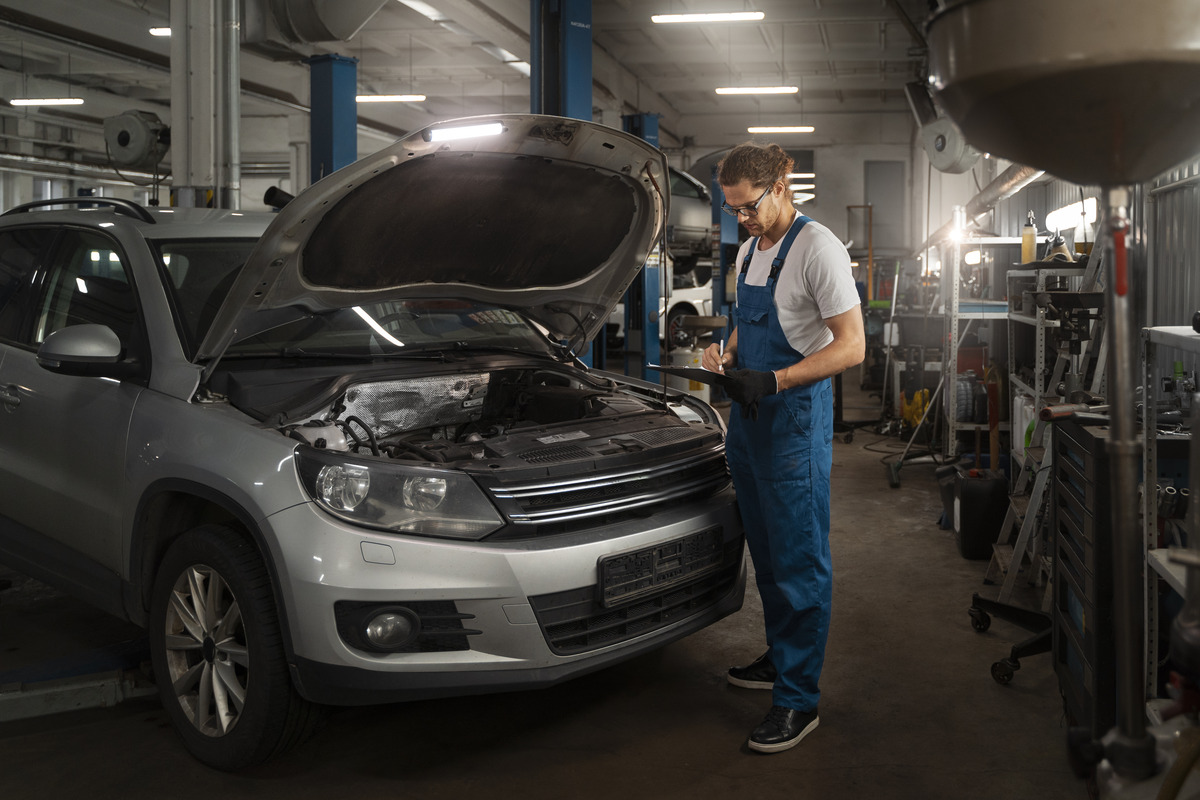Chemical spills are among the most serious workplace hazards, capable of causing injuries, environmental damage, and even halting operations. Whether it’s a minor leak or a major spill, the risks involved can be life-threatening. What makes chemical spills particularly dangerous is that they often occur when least expected—during routine transfers, while cleaning, or even from a small crack in a storage container.
Understanding the common causes of chemical spills in the workplace is crucial to preventing them. These spills don’t just happen in industrial facilities—they can occur in labs, cleaning services, hospitals, and anywhere chemicals are handled. By identifying the root causes, employers and employees can work together to reduce risks and create a safer working environment.
Before diving into the causes, it’s important to mention that safety training plays a vital role in prevention. Many companies now prioritize workplace safety training like the OSHA 30 Hour Course, which equips workers with essential knowledge about hazard recognition, chemical handling, and spill response strategies. This kind of education not only builds confidence among employees but significantly reduces the chances of dangerous accidents.
Why Chemical Spills Are a Big Deal
Imagine this: A janitor, tired after a long shift, grabs a bottle of cleaner to finish up for the night. The container is old and brittle. As they walk across the hallway, the bottom suddenly gives way, spilling corrosive liquid across the floor. No warning. No preparation. Within seconds, the fumes cause discomfort, and nearby coworkers are forced to evacuate.
This simple example shows how a minor mistake or oversight can escalate quickly. Chemical spills don’t just damage floors or equipment—they endanger human lives and disrupt work. Moreover, businesses may face legal consequences or costly fines if proper safety measures aren’t in place.
So, what exactly causes these incidents?
Major Causes of Chemical Spills in the Workplace
1. Improper Storage
One of the top reasons spills happen is due to how chemicals are stored. Containers that are stacked poorly, kept in unstable racks, or exposed to heat and pressure can easily rupture. Additionally, storing incompatible chemicals close together increases the risk of a chemical reaction if a spill occurs.
Step-by-Step Guide to Safer Storage:
- Step 1: Store chemicals in their original containers with labels intact.
- Step 2: Keep flammable materials in fire-resistant cabinets.
- Step 3: Segregate acids from bases and oxidizers from organic compounds.
- Step 4: Use secondary containment like trays or tubs to catch leaks.
2. Human Error
We all make mistakes, but when it comes to chemicals, even a small error can be dangerous. A new worker might grab the wrong substance, or someone in a rush might forget to seal a lid tightly. Without proper training, employees might not even recognize when they’ve made a mistake.
This is where proper onboarding and ongoing safety training come into play. Teams that have undergone structured safety programs—such as those found in the OSHA 30 Hour Course—are more likely to recognize potential hazards and avoid accidents altogether.
3. Faulty Equipment
Leaky hoses, corroded containers, and malfunctioning valves can all lead to unexpected spills. Over time, even the best equipment wears down, and if not inspected regularly, the results can be disastrous. Imagine a worker using an old transfer pump that gives out mid-operation—chemicals everywhere, panic, and a potential injury.
Steps for Equipment Check:
- Step 1: Schedule routine maintenance checks.
- Step 2: Replace worn-out parts immediately.
- Step 3: Keep logs of inspections and repairs.
- Step 4: Use spill-proof or double-sealed equipment for high-risk chemicals.
4. Lack of Training
Anecdote: A new hire in a paint manufacturing unit once cleaned a spill using a cloth and bare hands, unaware of the chemical’s corrosive nature. This lack of awareness caused burns and days off work. If the employee had received even basic training, the injury could have been avoided.
When employees don’t know how to handle chemicals correctly or respond to spills, they put themselves and others in danger. Training programs like the OSHA Safety Course provide comprehensive guidance on everything from personal protective equipment (PPE) to emergency response.
5. Poor Labeling and Signage
Clear labels and warning signs help prevent confusion. If containers are not properly labeled, workers might accidentally mix chemicals or misuse substances. Additionally, missing or unclear signage in storage and mixing areas can make it hard to identify risks.
Steps for Effective Labeling:
- Step 1: Use standardized, easy-to-read labels with hazard symbols.
- Step 2: Regularly check labels for wear and replace faded tags.
- Step 3: Post signs near high-risk areas and chemical storage zones.
- Step 4: Conduct periodic audits to ensure all labeling is up-to-date.
6. Inadequate Spill Response Planning
Not having a spill response plan—or having a poorly communicated one—can turn a small leak into a crisis. Everyone on the team should know exactly what to do if a spill happens, including evacuation procedures, PPE requirements, and who to notify.
Steps for Emergency Preparedness:
- Step 1: Develop a spill response plan for each type of chemical.
- Step 2: Assign roles to specific team members.
- Step 3: Conduct regular drills and mock scenarios.
- Step 4: Ensure spill kits are available and fully stocked.
7. Improper Waste Disposal
Sometimes, employees dispose of leftover chemicals incorrectly, like pouring them down drains or mixing them with regular trash. This not only causes spills but can create explosive or toxic reactions.
Steps for Safe Disposal:
- Step 1: Follow local regulations for hazardous waste.
- Step 2: Use dedicated containers for chemical waste.
- Step 3: Label waste containers clearly.
- Step 4: Train staff on disposal procedures.
8. Environmental Factors
Humidity, temperature shifts, and even vibrations from nearby machines can contribute to chemical instability or leaks. For example, storing chemicals near heat sources might cause containers to expand and burst.
Workspaces must be designed with environmental control in mind—temperature-controlled rooms, vibration insulation, and well-ventilated areas reduce the chances of accidents.
Building a Culture of Safety
Preventing chemical spills isn’t just about ticking off safety checklists. It’s about building a culture where safety is a shared responsibility. Everyone—from the top manager to the night shift janitor—should feel empowered to report hazards, suggest improvements, and follow safe practices.
Anecdote: One facility reduced its chemical spill incidents by 70% in just six months by introducing a “Safety Champion of the Month” program. Workers who followed and promoted safe chemical handling were recognized and rewarded. It built a sense of ownership, and safety became second nature.
Investing in Safety Pays Off
Although safety training might seem like a cost at first, it’s a long-term investment that saves money, protects people, and improves workplace morale. Courses like the OSHA 30 Hour Course provide in-depth knowledge that helps workers make smarter decisions around hazardous materials.
When companies prioritize safety, employees feel valued. This leads to increased productivity, fewer accidents, and stronger team dynamics.
Want to know more about how to improve workplace safety through proper training?
Read more about the OSHA Safety Course and how it can empower your workforce.
Conclusion
Chemical spills are avoidable. They often stem from human mistakes, equipment failures, poor labeling, or simply a lack of awareness. However, by understanding the common causes and addressing them through training, planning, and a strong safety culture, workplaces can drastically reduce the risks.
The next time you walk through your facility, take a moment to assess the chemicals around you. Are they stored properly? Is everything labeled? Do your coworkers know what to do in case of a spill?
With the right knowledge and tools, you can keep your workplace safe—not just from spills, but from the many hazards that come with handling chemicals.


